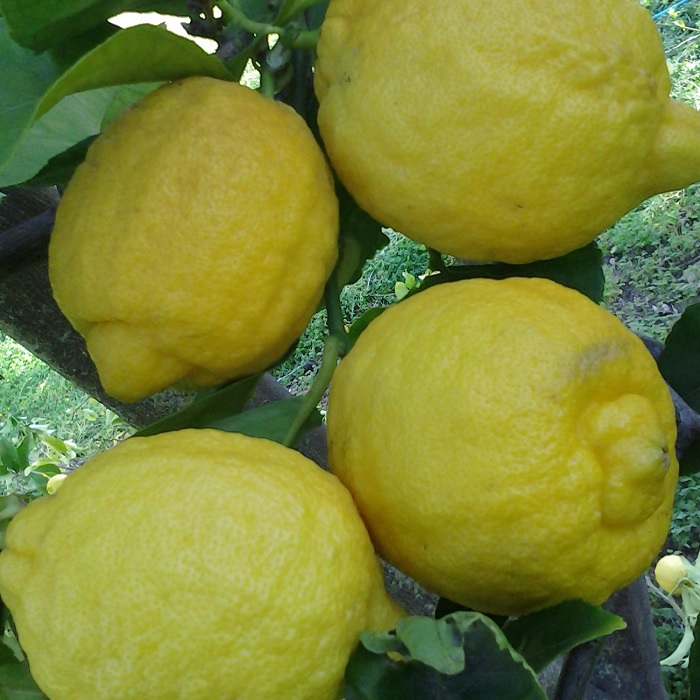UNITED STATES—Citrus trees that are grown from seed take a few years to mature enough to produce fruit. As they mature, the juvenile stems are outfitted with thorns that are even nastier than thorns on adult growth! Because most citrus has been extensively bred, seed grown trees are very likely to exhibit genetic variations. This is why citrus trees are cloned from stems of stock trees.
Cloned trees are genetically identical to their parents, so they will always produce the same fruit. They are cloned from adult growth, so do not need time to mature from juvenile seedlings. They can therefore bloom and produce fruit as soon as their roots are ready. Also, their thorns are less dangerous.
Cloning citrus is not as simple as rooting them from cuttings though. With few exceptions, citrus trees are grafted onto genetically different rootstock. Most citrus trees in home gardens are grafted onto dwarfing rootstock that limits the size of the trees when mature. Orchard trees are grafted onto rootstock that allows them to get significantly larger.
The graft union, where the upper part of a grafted tree is attached to the rootstock, is typically visible just above the ground. The base of the trunk below the graft union is typically a bit more stout than the relatively lean section of trunk above the graft. Trunks of old trees are often more furrowed below the graft union than above it.
Sometimes, the rootstock tries to do more than provide roots. It can produce stems from below the graft union, known as ‘suckers’ that can potentially compete with the grafted portion of the tree above. Unfortunately, understock grows more aggressively than most types of citrus, so can overwhelm and shade out the desirable parts of an otherwise healthy citrus tree.
The most common understock for citrus produces suckers that are outfitted with unusually big and wicked thorns that are not to be messed with! If fruit develops, it seems to be humongous and disfigured lemons that lack flavor. Before they overtake good citrus trees, suckers should be pruned neatly away as they develop, without leaving any stubble to regenerate more sucker.
Highlight: ‘Eureka’ lemon
‘Lisbon’ lemon actually came first. It is still grown in orchards for lemon juice and other lemon products. The glossy evergreen foliage is a nice bright green. The late winter bloom is nicely fragrant. Mature trees can be kept about twelve feet tall, or allowed to get much taller. Besides the nasty thorns, the only other problem is that all the fruit ripens within a limited season.
‘Eureka’ lemon, Citrus limon ‘Eureka’, is a mutation of ‘Lisbon’ that is more casual about its schedule. It produces a good quantity of fruit in season through the end of winter, and also produces lesser quantities throughout the year. Because it is so productive, the lesser quantities should be more than sufficient whenever lemons are needed.
The ‘Variegated Pink’ lemon is a mutation of ‘Eureka,’ so is a mutation of a mutation. The foliage is nicely variegated with white. The green fruit is striped with yellow until it ripens to yellow. The pulp and juice are pink of course. Like many variegated plants, the ‘Variegated Pink’ lemon stays much smaller than ‘Eureka’ lemon, and is more sensitive to frost.






